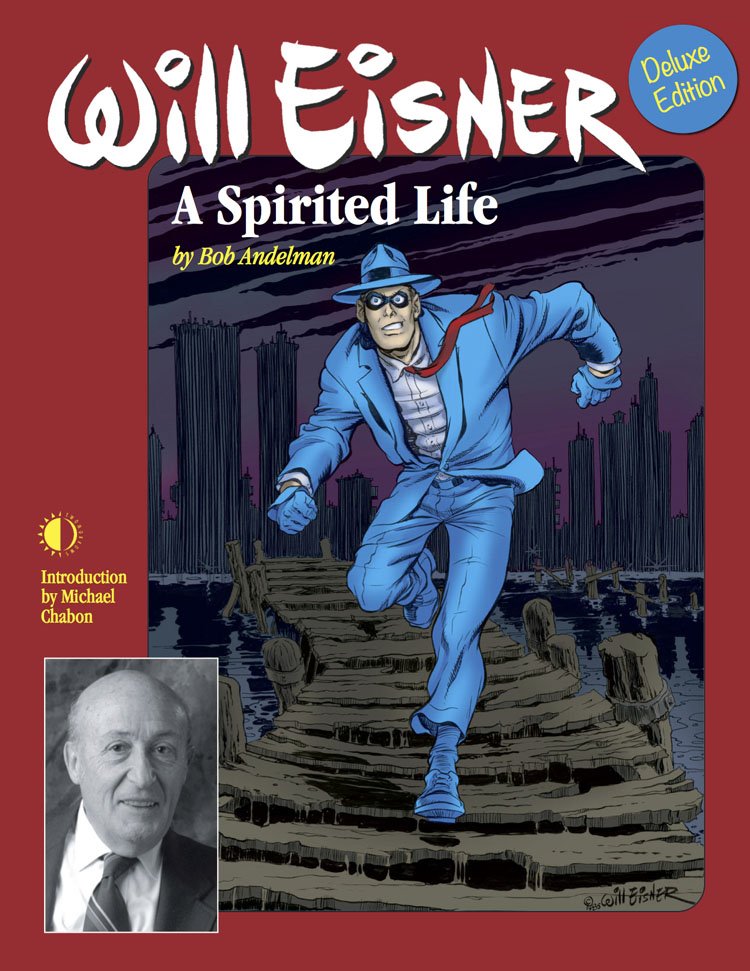Sunday, 30 August 2009
The usual summary of comic book artist Will Eisner’s career follows the formula that he drew the Spirit all through the 1940s except for the war years and a bunch of ‘graphic novels’ from 1978 till the end of his life in 2005. There’s a long missing period between 1951 and 1978 during which he packaged and adapted cartoon art to commercial purposes, which has not been readily available for our scrutiny or pleasure. It is sometimes summarily dismissed as being of little interest.
The last time I wrote about Will Eisner’s ‘middle period,’ was in defence of the artist in a letter to the Comics Journal (#270) following publisher Gary Groth’s piece in their big Eisner obituary issue (#267) which could only be explained as spiteful. I though it was unnecessary, not because it was an inappropriate time, but because it was… unnecessary. Not wanting to allow my comments to stand isolated, Gary hemmed them in with another batch of his own (much as I am doing here in return), from which I quote:
“I’ve seen the litany of banal explanations for Eisner’s abandoning of the art form for the world of business… I acknowledge that it’s eminently possible that we have reached the point where a training manual for the pentagon or an informational educational story arguing against national health care is indistinguishable from an artist’s exploration of the human condition, and refraining from lamenting this state of affairs is not so much uncivilized as a bourgeois evasion.”
I cannot see, as I get further and further from my eleven-year-old self who first read Eisner in 1966, how the cranking out of a weekly comic book for twelve years about a mask-wearing hero can be art of a sort but turning the same techniques to an instructional magazine about equipment maintenance for living, working soldiers, cannot be. I’m sure Eisner and most reasonable beings saw and see them both as commercial enterprises.
